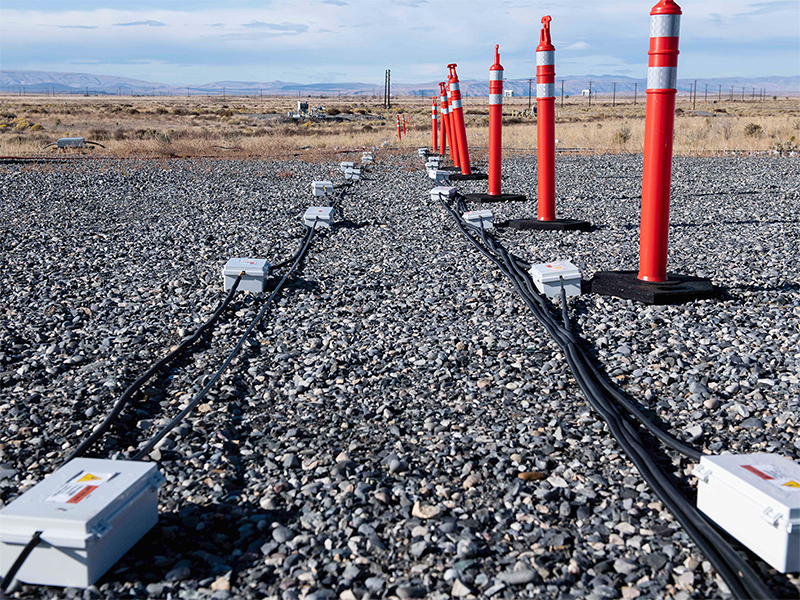E4D Applications

Example applications of the E4D code are shown for two geophysical methods:
- Electrical resistance tomography (ERT) is a geophysical method that provides a subsurface distribution of electrical resistivity (or its inverse electrical conductivity) from resistance measurements, which are collected from electrodes placed on the ground surface or within boreholes. ERT measurements are sensitive to the porosity, fluid content, and saturation, and can inform processes or changes in subsurface structure dependent on these properties.
- An induced polarization (IP) survey is conducted in conjunction with an ERT survey. After a current is injected and the ERT resistance measurement is collected, the IP polarization measurement is acquired. The polarization response is a measure of the ability of the Earth to hold an electrical charge and is highly dependent on surface and pore size properties. Historically, IP was used for mineral exploration, however it is increasing used for environmental and biogeochemical applications. Spectral induced polarization (SIP) is an extension of IP and captures the frequency dependence of the chargeability response.
Contacts
Computational Geophysics Team Leader; Advisor, RemPlex